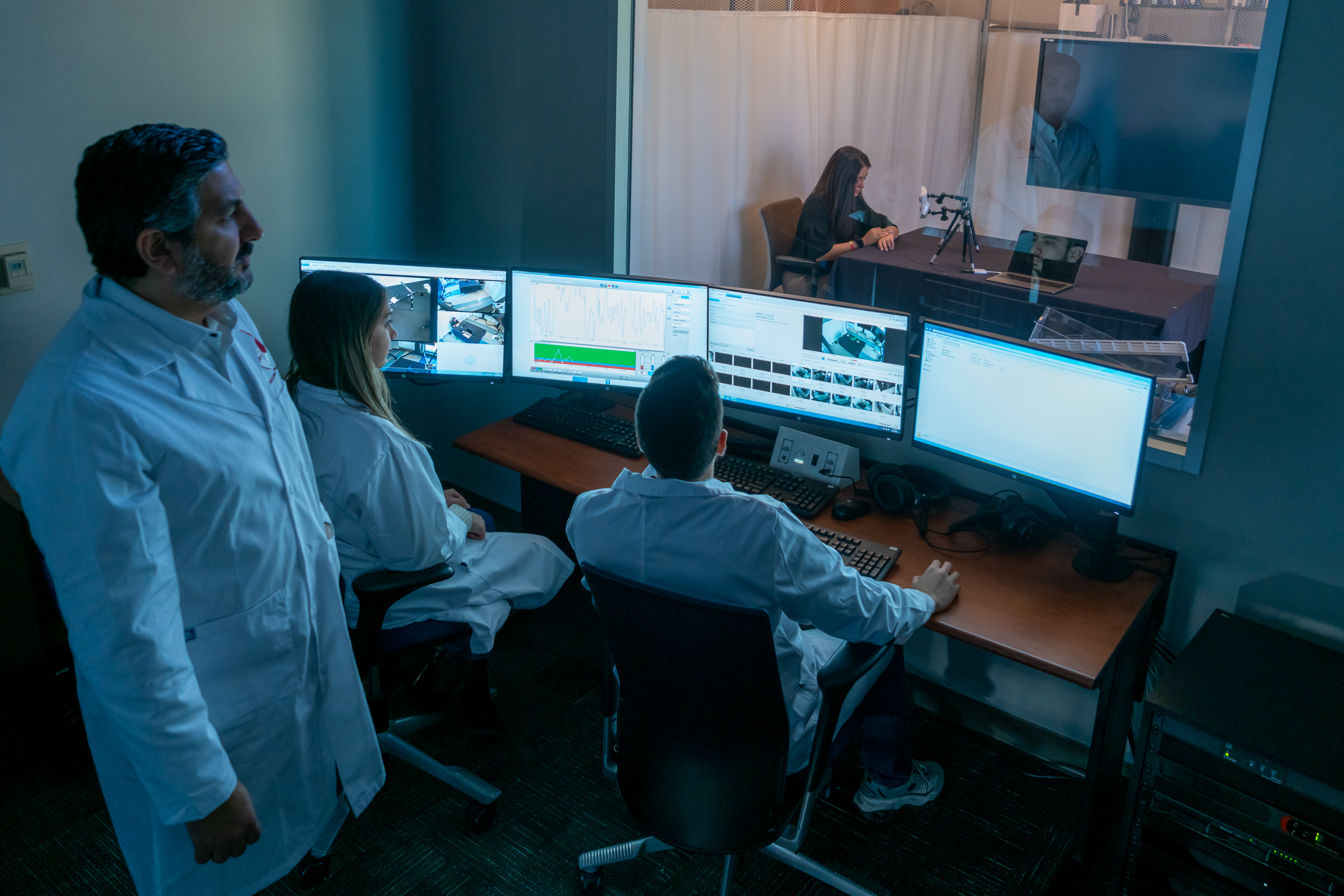
Performance/Behavior Observation Lab
One of ACE Lab’s most unique features is our in-lab experimental space with an observation facility. The facility includes an instrumented testing area with several wall- and ceiling-mounted PTZ cameras with tilt and pan functionality, hospital-grade poles and curtains, hospital bed and equipment as well as an observation room equipped with a one-way mirror, two-way audio communication, large-screen displays, compliant recording capability, and an observation lounge with headphone jacks and personalized viewing monitors. The observation room has been used in several projects, most notably mHELP.

Command, Control, Communications, and Computers (C4) Testbed
This unique testbed provides a high-fidelity simulation environment for C4 of Unmanned Aerial Vehicles. The complex scenarios developed can be used to evaluate decision support tools and interfaces for supervisory-level C4. The facility includes three large-screen (65″) touch displays, a supercomputer station, as well as a 50″ tabletop display.See “Sasangohar, F., Cummings, M.L., Scott, S.D. (2014). Supervisory-level Interruption Recovery in Time-critical Control Tasks. Applied Ergonomics, 45, 1148-1156.” for more details.
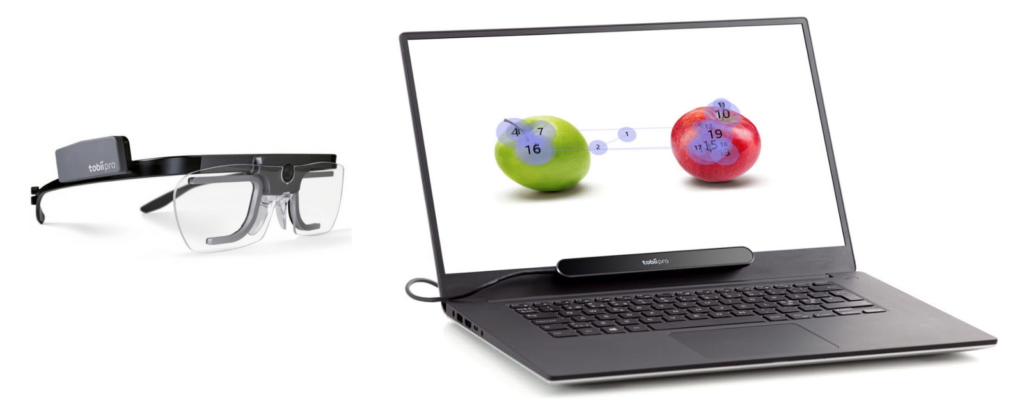
Tobii Pro Glasses 2 and Tobii Pro Nano
Tobii Pro Glasses is ideal for real-time tracking the participants’ visual attention in a naturalistic environment. The lightweight and non-intrusive glasses are equipped with a full-HD front-facing camera, microphone, gyro and accelerometer, replaceable lens and nose pads that enable data collection during movement and while tasks are being performed. The tool also provides a robust analysis of pupil size using two cameras per eye which can be used to assess workload, drowsiness, or fatigue. The tool was recently used in the EYE-C-U project to investigate burnout among ICU nurses. The Lab also uses the Tobii Pro Nano which is ideal for capturing gazes at 60Hz during stationary tasks (e.g., interacting with a web tool). The lab also owns a license for the Tobii Pro Lab which is the software that provides a suite of functions for the analysis and visualization of eye-tracking data.

Noldus Portable Observation Lab
Some user populations are difficult to study in a lab environment, e.g., pilots, surgeons, and patients in underserved communities. To enable live and on-site observation of these populations, the lab has access to the compact Noldus Portable Lab, which weighs less than 25 lbs, includes a protective case and can be set up in under 10 minutes. The lab also includes the Observer XT software that is one of the most complete software for behavioral research supporting real-time and retrospective behavior coding and unraveling the sequence of events to integrating different data modalities in a complete lab.
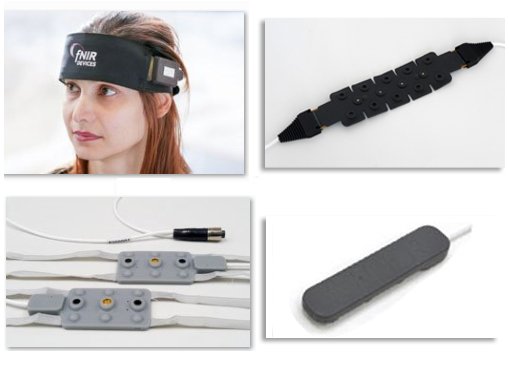
Biopac Sensors
The lab owns several Biopac Sensors which provide the lab the ability to monitor, in real time, tissue oxygenation in the brain as participants perform tasks, receive stimulations. This is a less invasive and quicker method to receive reliable information on a participants brain functions(memory, planning, attention, etc) while performing complex tasks.
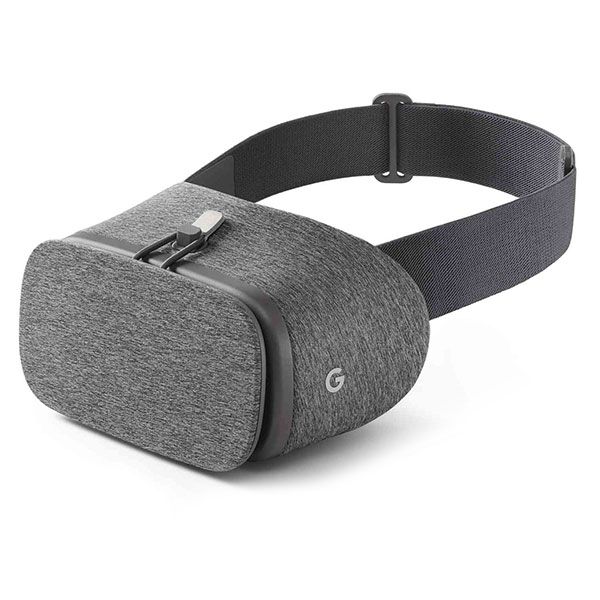
Virtual Reality Glasses
Virtual reality is often thought to be a new system which will enhance communication between humans and computers. ACE Lab has virtual reality glasses in our inventory to contribute to human factors research on making these virtual environments more effectively designed.
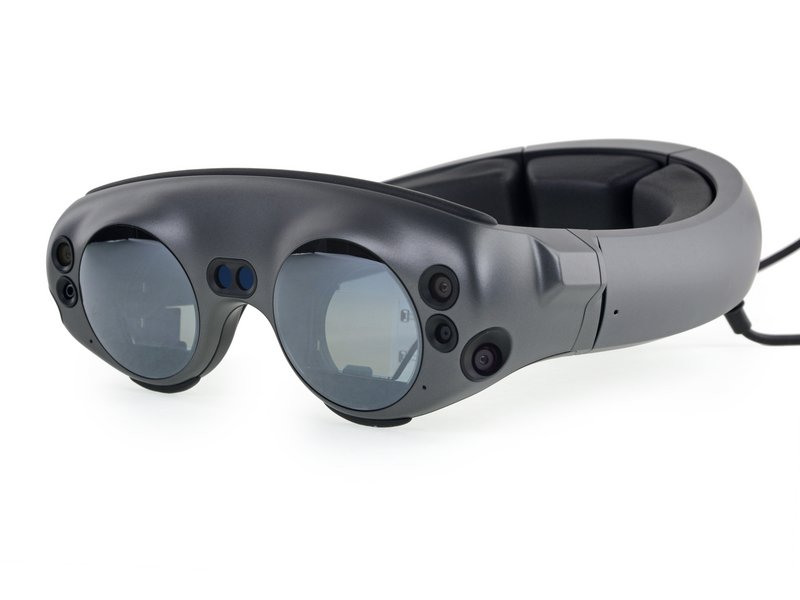
Augmented Reality Glasses
Augmented reality is new technology thought to potentially change the way humans interact with the world. ACE Lab has augmented reality glasses in our inventory to contribute to research on creating efficient augmented realities in a more efficient manner.

Smartwatches
The ACE Lab uses Smartwatches often in our research on wearables because of their heart rate monitoring capabilities and ability to display apps developed by our design team. Our researchers use iWatches, Moto360 Sports, Polar M300 and watches for studies observing heart rate, PTSD symptoms, fatigue, and tremors related to low blood sugar. ACE Lab’s design team created an app programmed with a detection algorithm, called mHELP, designed to detect changes in heart rate not associated with normal activities or exercises.These devices have been used for the following studies and published journal articles:
- FWD: a PTSD Continuous Monitoring System
- D3N2: Detection of Drowsy Driving Among Night-shift Nurses
- HypoglycemiaMonitor: Early Detection of Hypoglycemic Events through Hand Tremor Monitoring
- mHELP: Mental Health Evaluation and Lookout Program for College Students
- McDonald, A.D., Sasangohar, F., Jatav, A.K., Rao, A. (2019). Continuous monitoring and detectionof post-traumatic stress disorder (PTSD) triggers among veterans: A supervised machine learning approach. IISE Transactions on Healthcare Systems Engineering, 9 (3), 201-211.
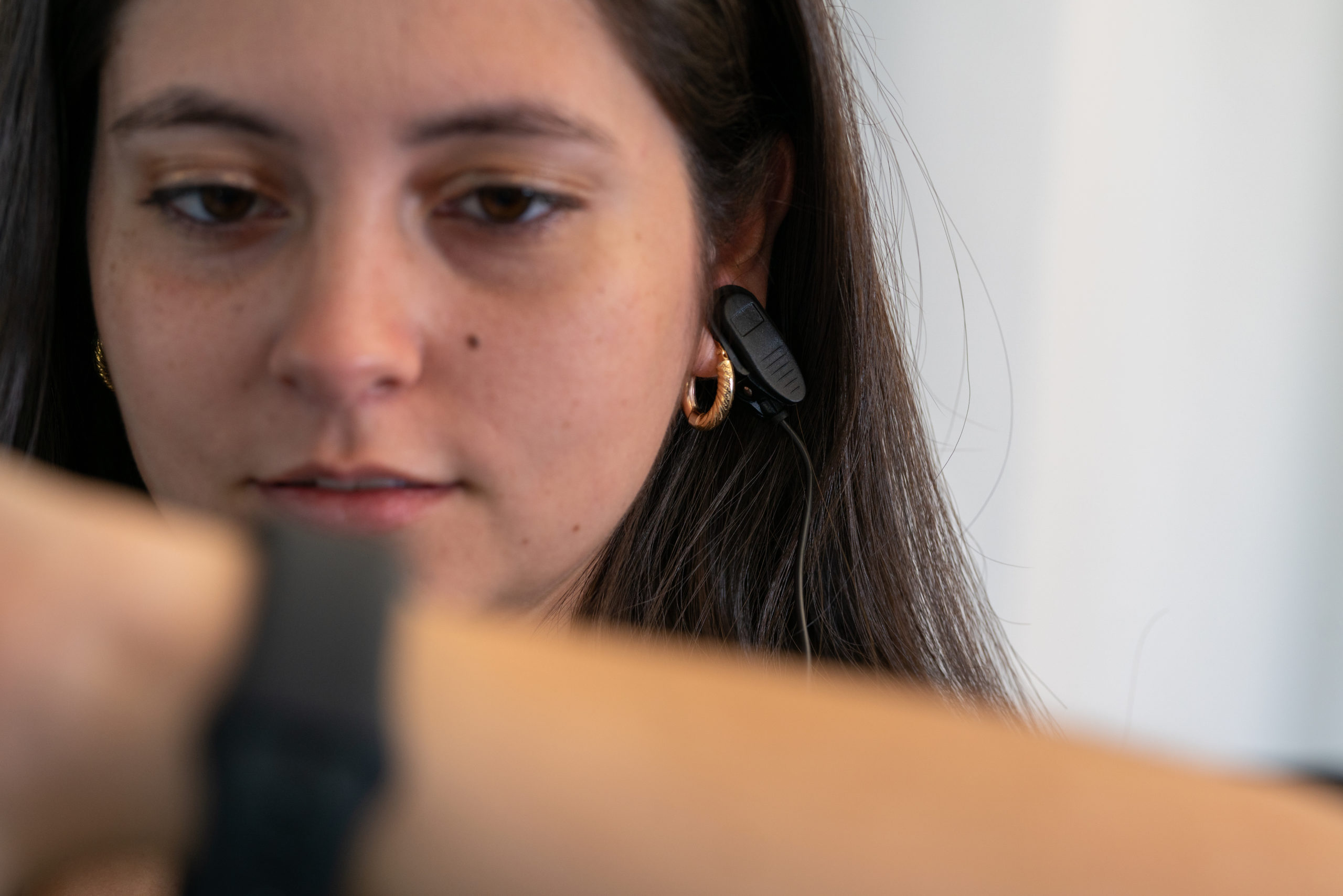
Heartmath emWave Pro
ACE Lab uses the Heartmath emWave Pro to measure the heart rate variability and coherence rating of a participant using the pulse on an earlobe. This equipment is often used in studies which measure the stress and physical symptoms or markers of stress. The Hearthmath emWave Pro has been used in the following studies:
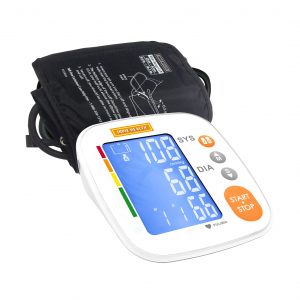
Indie Health Bluetooth Smart Blood Pressure Monitor & Bluetooth Smart Weight Scale
The lab uses a smart blood pressure monitor in research relating to hypertension. These two pieces of equipment are given to participants so they can monitor their weight and blood pressure and then record that data easily.

HTC VIVE VR Headset
The HTC VIVE VR Headset is a PC-VR system that has a suite of options for virtual reality applications with high visual resolution. ACE Lab has this headset in inventory for further use as avenues for virtual reality based human factors research.

GoPro
ACE Lab owns several GoPros and has used these items for research involving PTSD eye tracking. GoPros are a useful resource to record participants while in active situations like bike riding or running.

Actigraph Link
The Actigraph link is a device specifically designed for real time subject feedback. Equipped with a gyroscope, accelerometer, magnetometer, and data filtering technology, the actigraph link is ideal for collecting information on a participants movement, rotation, and body position.
×
![]()
